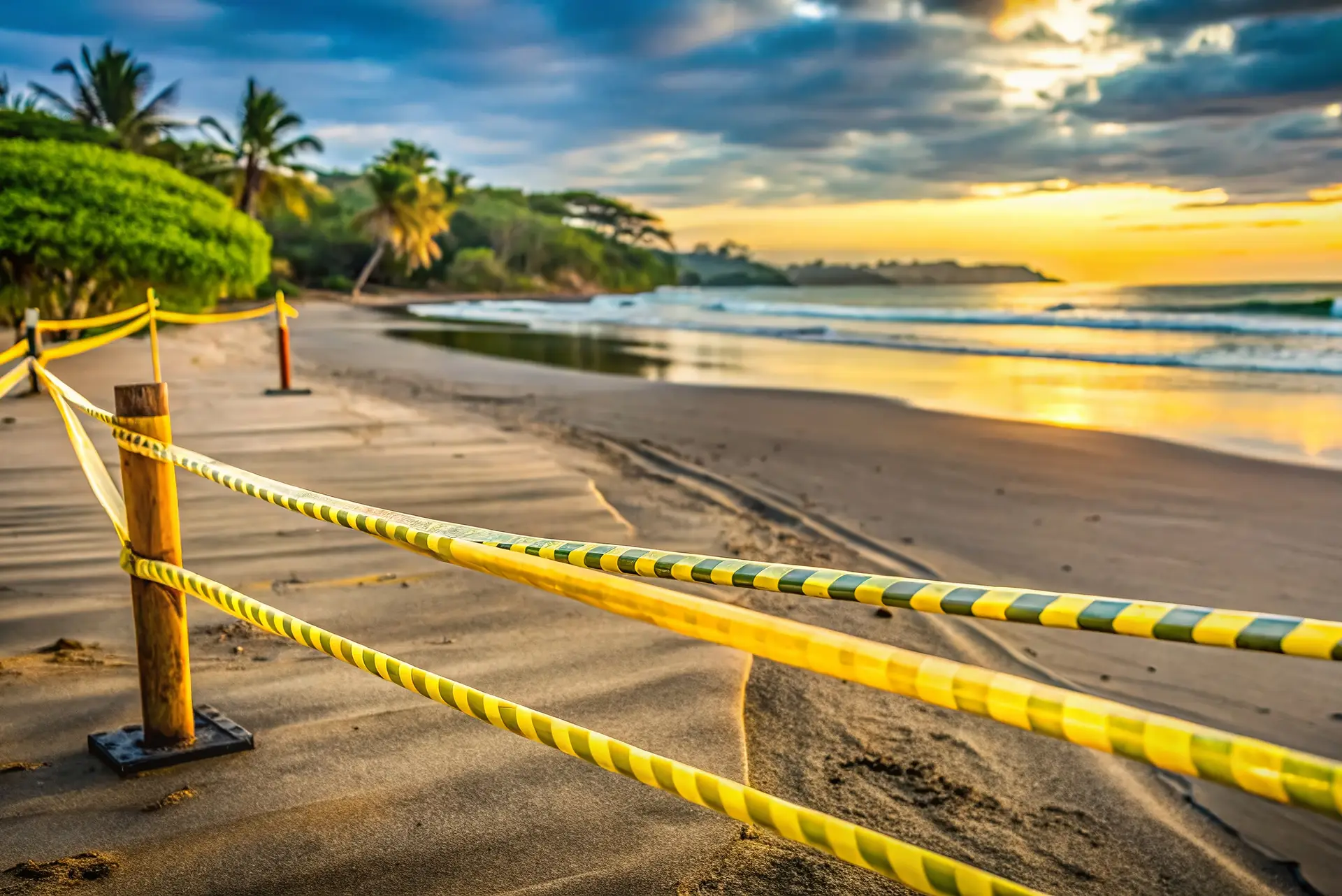How to Use Travel to Plan Smart, Safe Solo Adventures Abroad
You don’t need to be a nervous traveler to benefit from solid travel safety info. In fact, smart solo travelers know that being informed helps you explore with confidence, not fear. That’s where Travel.State.gov comes in.
It’s the official site from the U.S. Department of State, and while the design isn’t exactly vacation vibes, the info is gold—especially if you’re going abroad. Here’s how to use it to help plan, prepare, and feel good about your solo travel decisions.
1. Check Travel Advisories Before You Book
On the homepage, you’ll see a search bar labeled “Find International Travel Information”. Type in any country you’re considering visiting.
Each country has a Travel Advisory Level from 1 to 4:
- Level 1: Exercise Normal Precautions (i.e., go enjoy!)
- Level 2: Exercise Increased Caution (watch for specific risks)
- Level 3: Reconsider Travel (higher crime or instability)
- Level 4: Do Not Travel (war zones or high risk areas)
Just Go Solo Tip: Level 2 is very common, even for places like France or Mexico. Read the details, not just the number.
2. Understand Why a Place Has a Warning
Each country’s page explains why it has a certain advisory level: crime, health, civil unrest, terrorism, etc.
You’ll also find:
- Areas within the country to avoid
- Specific risks for women travelers
- Local laws that may affect you
- Health and vaccine info
This helps you make a smart decision, not just avoid a destination entirely, but maybe skip a certain region or travel at a different time.
3. Register for STEP (Smart Traveler Enrollment Program)
Think of this as your travel safety lifeline. When you enroll in STEP, you:
- Let the U.S. Embassy know you’re there
- Get real-time updates on local alerts or emergencies
- Make it easier for officials to help if something goes wrong
Registration is free and takes just a few minutes.
4. Use the Travel Checklists
Look for printable pre-travel checklists by destination type (solo, group, study abroad, etc.). They cover:
- Travel documents
- Local embassy info
- Medical prep and prescriptions
- Emergency planning
You can find some of these checklists on Just Go Solo.
5. Find Your Embassy or Consulate Info
Every country page includes U.S. Embassy contact details—address, phone number, and emergency services. Save that info to your phone or print it before you go.
If you ever lose your passport, need legal help, or face a serious emergency, that’s your go-to support system abroad.
Travel Smart, Not Scared
Safety planning isn’t about limiting your adventure, it’s about freeing you up to fully enjoy it.






